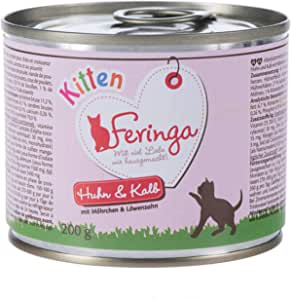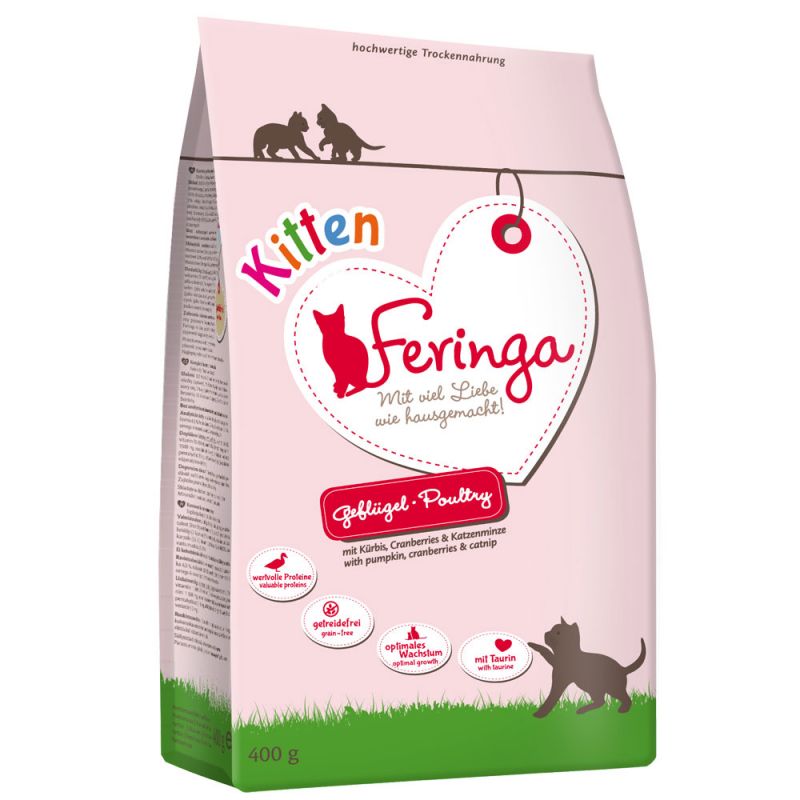Naturally, we continued initially to feed Hazel the diet she was used to- that was raw food (like the tubs shown here) alongside tinned with occasional dry kitten food.
However, whilst researching for and writing a food based section in the article ‘How Long Do Bengal Cats Live? 12 Excellent Ways To Boost Life Expectancy‘ we became more informed as to what choices are/were available in terms of diet and how to go about providing Hazel with the best one possible.
Just over 6 months down the line at the time of writing, this is where we’re at…
Raw Food
It became apparent that a balanced raw food diet, that is, one that replicates the diet of a wild cat (minus the negative aspects- disease for example) would be optimal.
However, this came with problems.
Firstly, understanding what ‘balanced’ actually meant.
It turns out there is no definitive answer to this.
The most common definition I came across, as stated in the article, that food should be comprised of roughly 80% muscle protein, 10% organ and 10% bone, plus essential vitamins and minerals.
Clearly, in order to achieve this, all the constituents would have to be measured somehow by you if making raw food yourself, or checking packaging on raw food products.
We would have liked to have made our own, and there are some good resources if you want to try this (see here), however we simply didn’t have the time, equipment, or storage space.
Further to this, raw meat brings an infection risk to humans if not handled safely and we were concerned that raw cat food may not be subject to the same levels of microbial scrutiny as food designated for human consumption.
Compromise
A compromise then had to be reached.
We wanted to make sure Hazel received a nutritional diet, but didn’t want to expose ourselves to infection and simply didn’t have the resources to make our own raw food.
The decision was to switch to a complete cat food with the occasional raw food (metaphorically) thrown in.
The raw food in this instance is supermarket bought chicken- we started with wings but have since moved onto thighs as there’s simply more meat.

To limit mess, we cut the meat up beforehand and include a little cartilage and/or a small bone she can crunch up.
The majority of her food is the complete tinned stuff with chicken maybe twice to three times a week.
We’ve tried multiple brands of complete food and the outcome is pretty much the same- Hazel smells it, walks away, but eats (most of) it eventually. ‘Feringa’ kitten food seems to be her favourite though.
Dry Food

The use of dry foods is again somewhat controversial with many claiming it to be detrimental to a cat’s health.
We initially intended to stop using dry food altogether, however, we’ve found it’s crept back into Hazel’s diet as a little extra to supplement her wet food, and as a something to snack on whilst we’re out.
Again, we’ve opted for a complete version which she seems to get on with just fine. Yes, it’s Feringa again…
Treats

Meat sticks, similar to those shown here, go down well and are most commonly used to get her to come to us or as a reward.
Freeze dried treats were recommended to us and again forms part of her reward system.
Finally, biscuits I’ll describe as ‘mini-pillows’ make an appearance occasionally in conjunction with Hazel’s food dispensing toy like the one shown:
Water
Two bowls, (one upstairs and one down) regularly checked and changed. By me at least…
Please note, Amazon links on this page are affiliate links from which I’ll receive a small percentage if you purchase at no extra cost to you. It all helps. Thanks.
